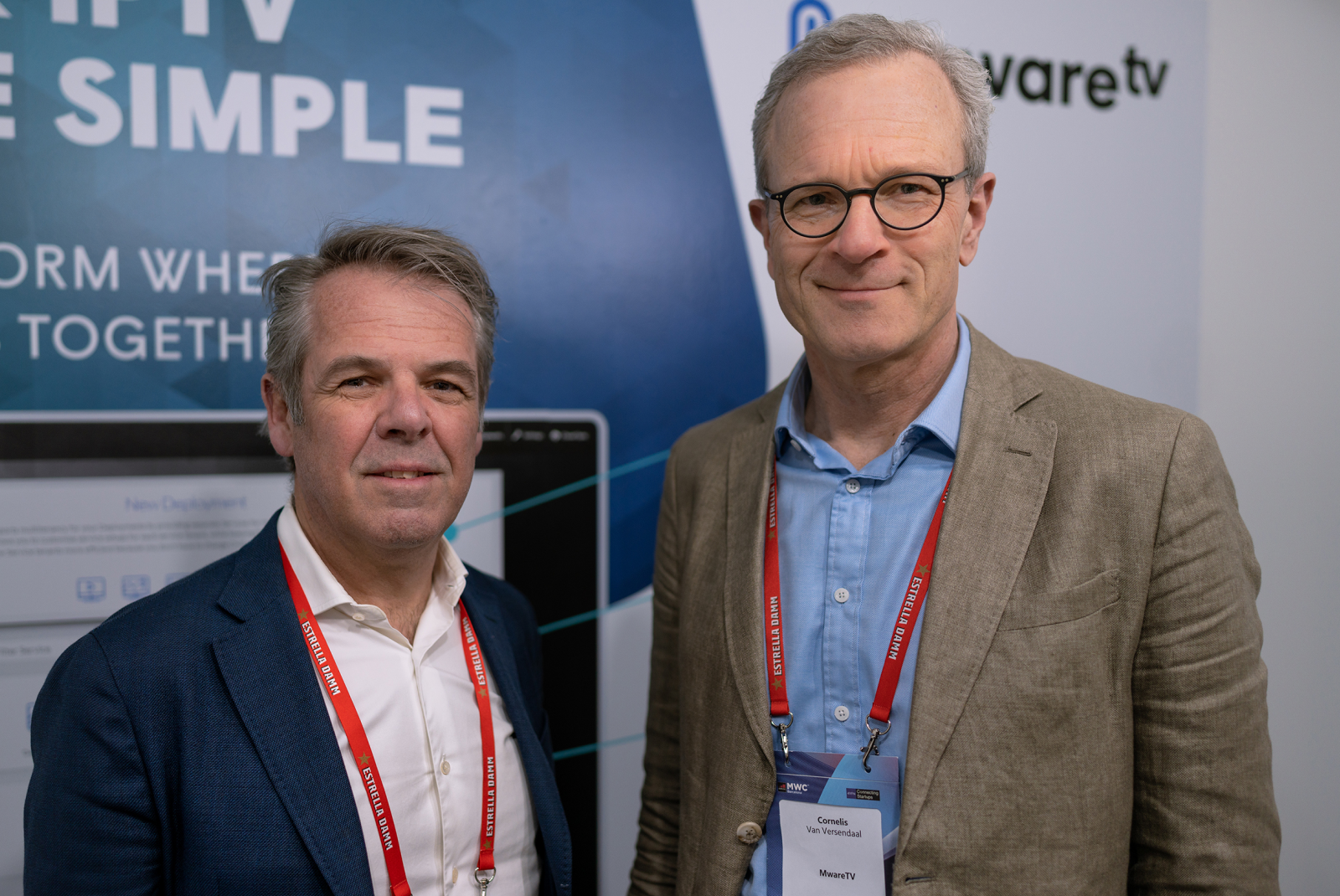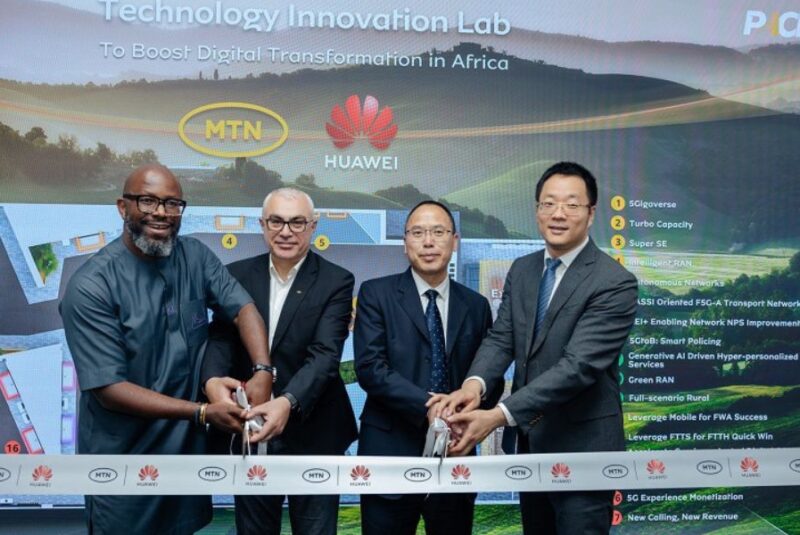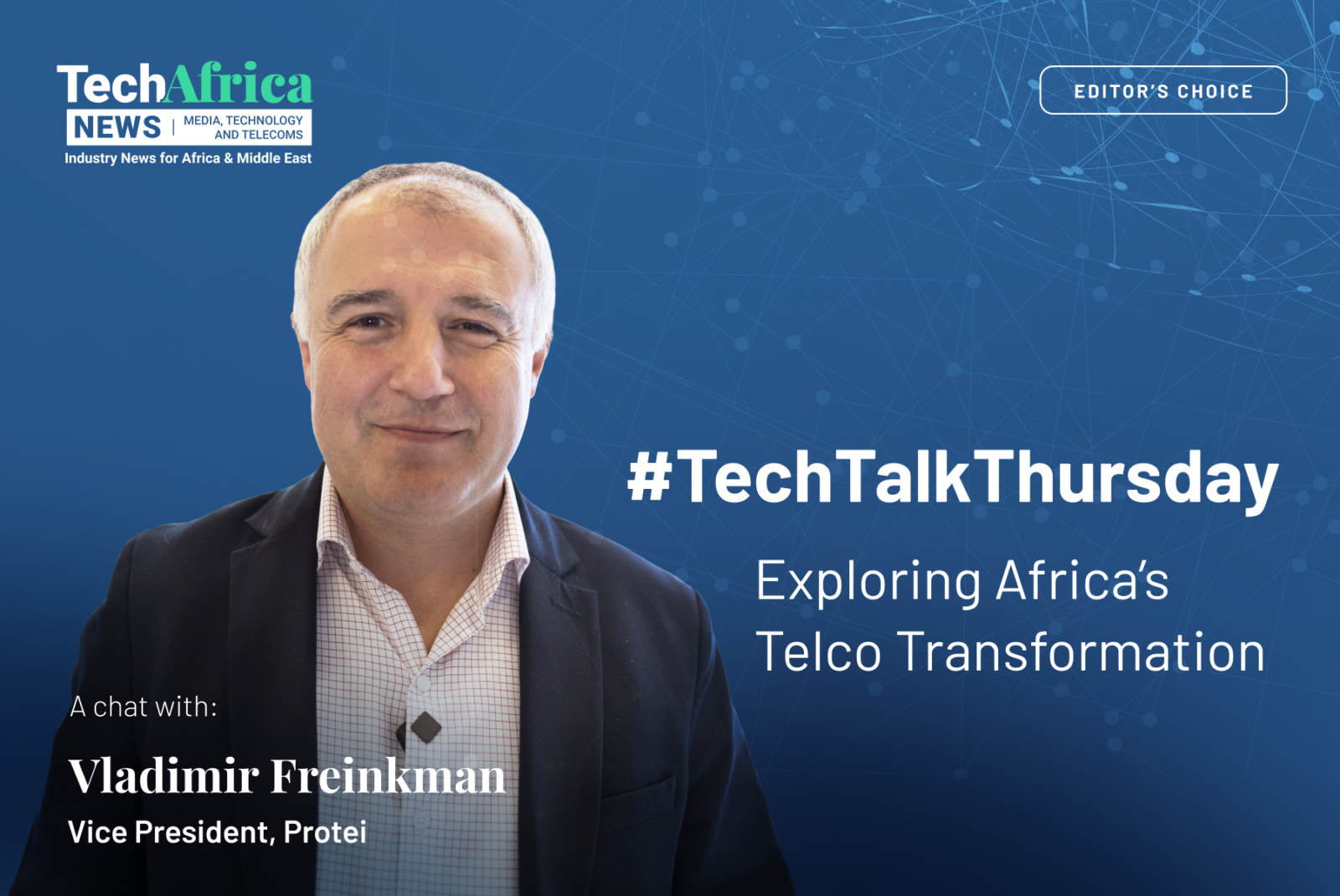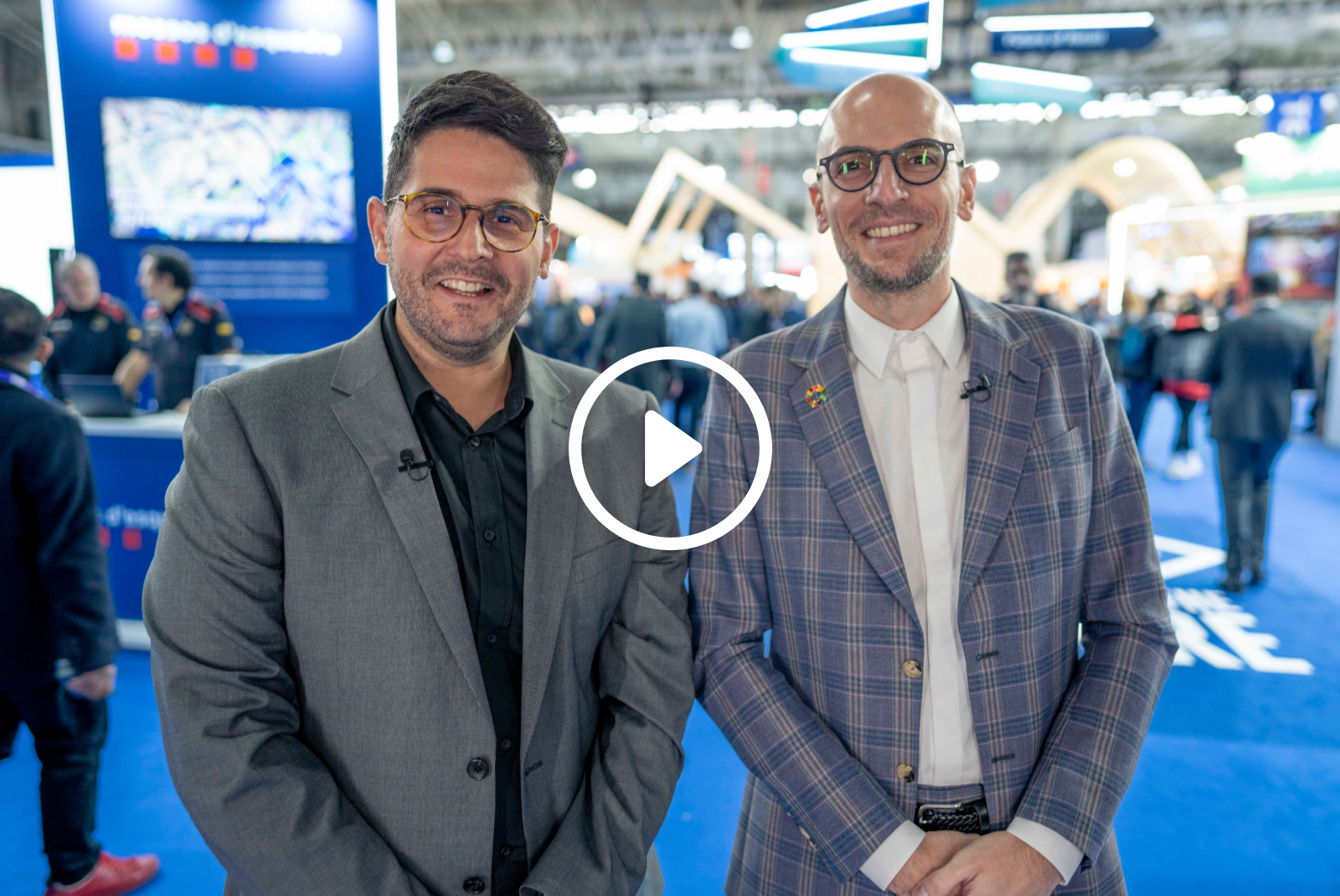What is MwareTV showcasing at this year’s Mobile World Congress?
Frans Blommestein: We are promoting our OTT and IPTV platform to operators. What we offer is a complete technical solution. And our target audience includes mobile operators, fixed operators, and fiber-to-the-home operators.
Cees van Versendaal: Aside from the technology we offer, we also help businesses – especially Africa-based ones – gain a deeper understanding of OTT and IPTV service delivery. We believe this can help them get ahead of the competition. We also provide professional advisory services on effective market segmentation. All our services are cost-efficient. In fact, that is what makes us unique. Our cloud technology and streaming services are very affordable.
Aside from the technology we offer, we also help businesses – especially Africa-based ones – gain a deeper understanding of OTT and IPTV service delivery.
Cees van Versendaal
Chief Operating Officer
Do you offer only cloud-based, end-to-end solutions, or there’s also an on-premises option?
Cees van Versendaal: We offer both cloud-based solutions and on-premises solutions. So if an operator wants a cloud-based streaming infrastructure, we can provide that. If they want on-premises resources, we can provide that as well. That said, our core mandate is to manage your TV service on the cloud and give you all the advantages of a cloud-based solution.
Africa has a lot of locally produced content. For example, there’s Nollywood, Showmax, IRoko TV, and so on. What is your take on Africa-made content? And do you have a special package for that?
Frans Blommestein: We have a full list of African channels, roughly, 120 at this moment. And we are adding more channels each month. For each region, there are specific channels that can be added locally. We offer operators a piece of hardware that they can install on-premise and receive the local signal. It can be IP or satellite signal. It’s all part of our cloud-based TV management system.

Digital inclusion is an issue in Africa. It’s a good thing that your USP is placing emphasis on digital inclusion.
Frans Blommestein: Our TV management system can handle every kind of subscription. Based on operator preferences, we offer daily subscriptions, weekly subscriptions, or even monthly subscriptions. We basically help operators offer interesting packages to their customers. For example, in Nigeria, we ran some tests on a 2G network with compression technology. This was part of efforts to provide operators with streaming speeds of up to 265 Kilobit/s. This is also reducing data costs for the customer. So, overall, we offer fast, high-quality streams at affordable prices.
We are targeting a subscription fee of around $3 to $5 dollars. This is for a content package of about 50 to 120 channels. And you can access this on your mobile phone. So, it’s a value-added service that generates more data traffic for operators in the most efficient and most affordable way.
We grow with operators. We don’t charge high upfront fees. A client operator may or may not be successful in the longrun, but we place our faith in them anyway.
Frans Blommestein
Chief Commercial Officer
Data is quite expensive in many parts of Africa. So, it is quite costly to stream online content, even with a mobile phone. How do you approach service subscriptions? What packages do you offer operators?
Frans Blommestein: Indeed. Operators often tell us how much they appreciate our low subscription fees. It helps them also provide affordable services for their customers.
We grow with operators. We don’t charge high upfront fees. A client operator may or may not be successful in the long run, but we place our faith in them anyway. We believe that if they get the marketing right, our technology will take care of the rest. And then everyone wins.
Cees van Versendaal: Our low-cost services mean operators face a lower risk at the start. We help them safeguard their investments. High upfront fees can discourage a new operator. We’ve heard of operators that went out of business just after 1 or 2 years of launching because they could no longer afford service providers. This happens not only in Africa but also in Latin America and other places.
Our only request is that operators do their marketing well and leave the rest to us.
There are projections that Netflix usage will grow exponentially in Africa in the coming years. Are your services able to integrate third-party apps such as Netflix?
Frans Blommestein: Actually, integrating third-party apps like Netflix into our user interface is not the best idea. Because it will drive the focus from our clients to these third-party apps. Also, the subscription rates of these third-party services may be high for the African market. And that’s what we want to avoid. We do our best to offer premium content at affordable rates.

Do you have any ongoing projects in Africa? And can you share some of them with us?
Frans Blommestein: We have just signed a contract with Isocel in Benin, together with Moov. We have partnered with Orange, they will do the CDN part and we will do the platform.
Cees van Versendaal: Also, we have partnered with the Zambian National Broadcast Corporation. They are like the BBC of Zambia and we are now deploying the platform for them to offer their TV channels in an OTT fashion.
Frans Blommestein: We are also hoping to sign a couple of big deals in the next two weeks.
The GSMA announced recently that they will organize a physical MWC Africa this year in Rwanda. Have you heard about it? Would you be looking to participate?
Cees van Versendaal: We still haven’t explored that opportunity with the team as it was announced just a few days ago. For the moment we are planning to attend other events in Africa.











